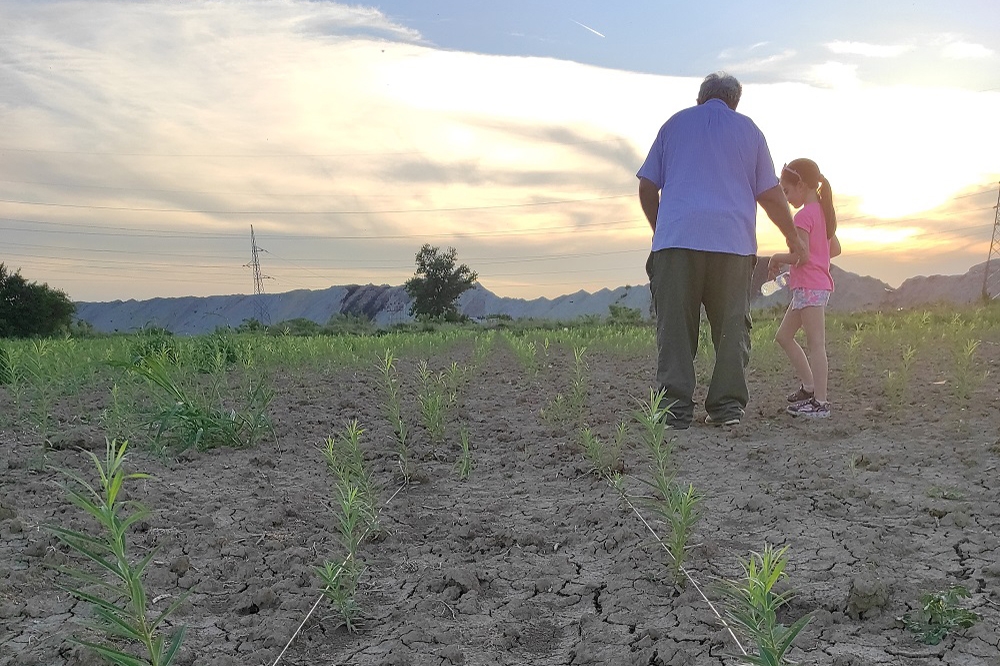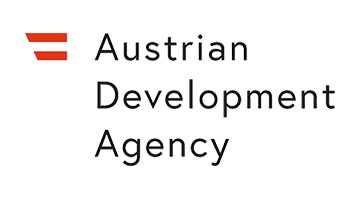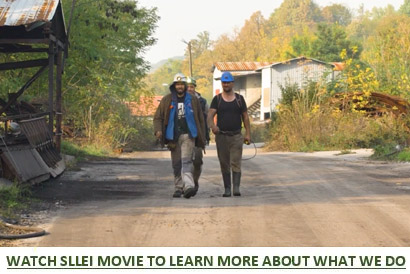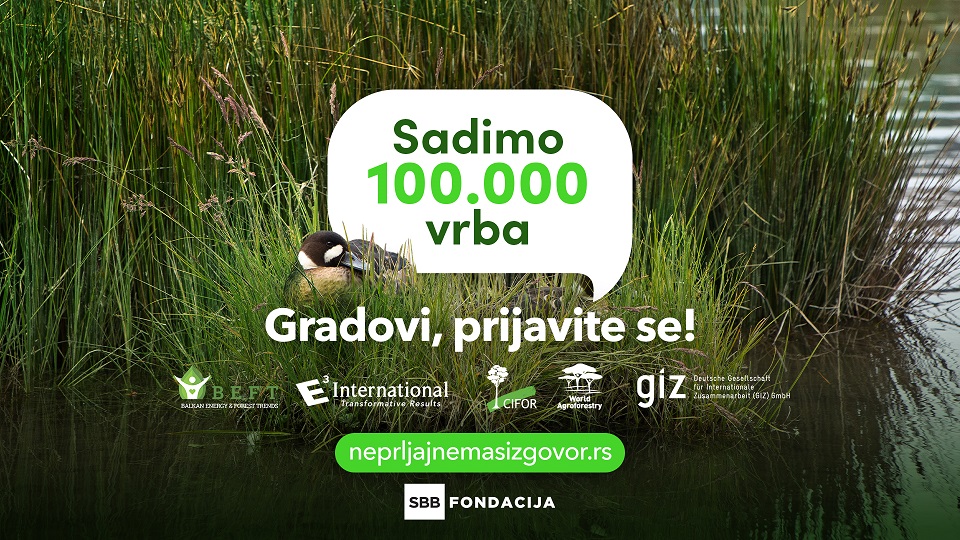Sustainable Land, Livelihoods and Energy Initiative Serbia (SLLEI)
Countries in the Western Balkan region are highly dependent on coal for electricity and heating. About 70% of national energy production in Serbia relies on low-energy lignite, leading to massive greenhouse gas emissions, air pollution, and land degradation through open-pit mining. In response, in support of nationally determined contributions (NDCs) to climate goals, the country is embarking on an ambitious strategy for transitioning to renewable energy while preserving and creating equitable employment. In addition to existing hydropower capacity, biomass, solar, and wind energy will be at the heart of the renewable energy transition.
Bioeconomy solutions will play a critical role in this climate-friendly and jobs-creating process, based on three elements: 1) short rotation coppices or plantations (SRPs) of fast-growing tree (e.g. willow) and reed (Arundo) species for the production of woody biomass and biogas, respectively, for heat and power; 2) agroforestry borders around the SRPs as biodiverse and economically beneficial buffers; and 3) permanent tree areas for long-term conservation, carbon sequestration, and sustainable use of timber and non-timber forest products.
These solutions are currently being piloted on four different sites in Vojvodina Province, including a landfill, municipal degraded agricultural land, private land, and adjacent to a coal mine. It is estimated that woody biomass from 75,000 ha of SRPs can substitute 10% of Serbia's coal-based energy through co-firing in coal-powered plants. In Vojvodina alone, about 200,000 ha of degraded and/or abandoned agricultural land are suitable for SRPs With roughly one kilometer of agroforestry borders planned for every five hectares of SRPs, up to 15,000 km of agroforestry borders would be established around 75,000 ha of SRPs. On particularly fragile lands (e.g. on floodplains and near protected areas), there is potential for more than 10,000 ha of permanent tree areas which complement the SRPs and agroforestry borders.
This three- pronged bioeconomy approach will be a key element in meeting Serbia's NDCs, improving air quality, restoring land and biodiversity, and creating thousands of green jobs both in the woody and reedy biomass value chains related to heat and power production and in innovative new bioeconomy value chains related to the SRPs—e.g. for pharmaceuticals and fodder. Given its integrated nature and many benefits, this landscape approach to restoration and bioenergy is scalable elsewhere in the Western Balkans and beyond. And it could include co-locatable renewable energy technologies, such as solar PV, wind, and geothermal.












